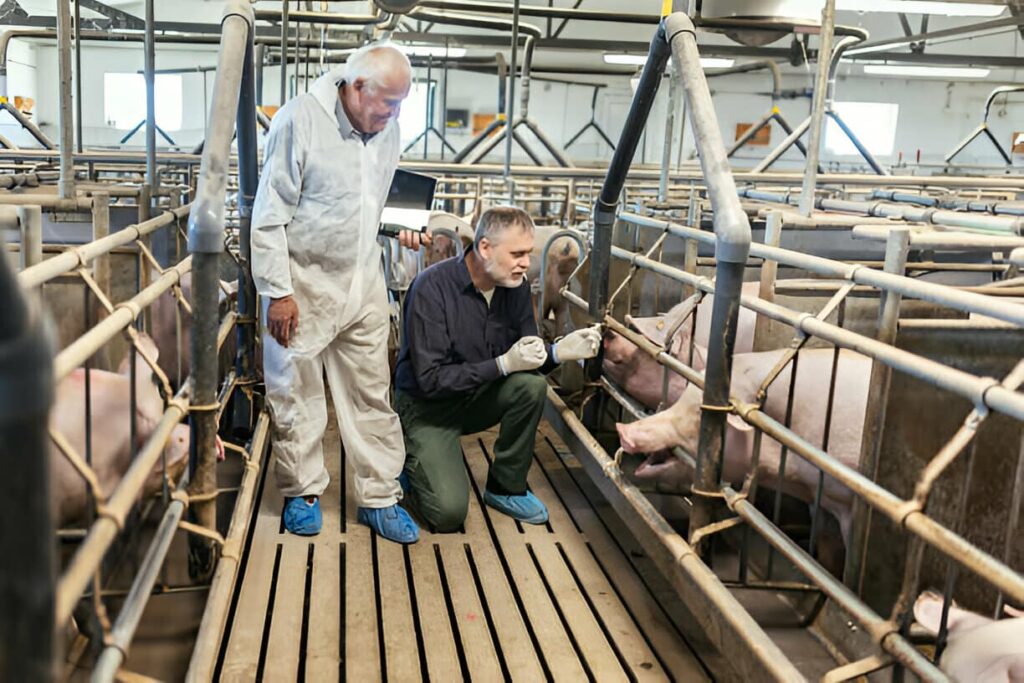The selection and deployment of pigging equipment for various applications is crucial for effectively maintaining a pipeline. Varied pigging technologies cater to diverse industrial needs, from simple cleaning to complex inspections. By understanding their function and proper application, industry professionals can avert costly breakdowns and environmental hazards, underscoring the indispensable role pigging plays in infrastructure maintenance.
The Evolution of Pipeline Pigging Technology
Pipeline pigs have evolved remarkably from their inception as rudimentary cleaning devices to their current status as sophisticated inspection apparatuses. The original concept was simple: a device that could be inserted into a pipeline to remove obstructions and buildup physically. However, the demands of the industry and the value of well-maintained pipelines have spurred innovation, resulting in an array of specialized pigs. These tools not only clean but also perform diagnostic functions, revealing the condition of the pipeline’s interior with unprecedented detail and accuracy. These technological leaps have been possible through solid R&D commitment within the industry and collaboration among engineering disciplines.
Today’s pipeline pigs are intricate assemblies that can be fitted with sensors, cameras, and other diagnostic instruments. Thanks to these enhancements, they provide critical data that inform maintenance decisions. With abilities ranging from detecting minute cracks to measuring wall thickness, the sophistication of these devices has grown exponentially.
The Mechanics of Pipeline Pigging
Understanding the mechanics behind pipeline pigging illuminates its efficiency and utility. Once a pig is introduced into the pipeline via the pig launcher—a specialized chamber that seals against pipeline pressure—it travels through the pipeline driven by the product flow. As it passes through, various mechanisms on the pig engage with the pipeline’s inner surface. Brushes and blades might be used to scrape away deposits, while magnetic fields could be used to detect cracks or corrosion.
The Significance of Regular Pipeline Pigging
Implementing a regular pigging program is essential to maintaining pipeline functionality. Routine cleaning prevents accumulation that could hamper flow rates and lead to increased pressure in systems, heightening the risk of failures. Furthermore, proactive inspection identifies risks and mechanical issues early, allowing for planned interventions that minimize cost and disruption. This strategic approach to maintenance underscores the value of pigging as a preventative tool rather than merely a reactive one.
Innovations in Intelligent Pigging
As the industry gears towards predictive maintenance, innovations in intelligent pigging stand at the forefront of this shift. These technologically enhanced pigs carry sensors and navigation tools that assess the health of pipelines in a non-destructive manner. Coupling the intelligence gathered by these devices with advanced data analytical techniques accelerates the transition from periodic to continuous monitoring ecosystems. This propels the industry into a future where maintenance is predictive, prescriptive, and preemptively triggered.
Pipeline Pigging in Different Industries
While the oil and gas industry birthed and refined the art of pipeline pigging, this critical maintenance technology has found its way into other sectors. Industries focused on water distribution, chemical transports, and even food and beverage production now leverage pigging technology to ensure the purity and integrity of their conduits. Each sector has adapted the foundational technology to align with their operations’ unique demands and regulations, ensuring that the role of pigging is versatile and universal. In the realm of energy, companies involved in pre paid gas services have also begun employing pigging techniques to enhance pipeline efficiency and safety.
Best Practices for Pipeline Pigging Operations
Best practices in pigging are the backbone of successful operations—these range from designing pipelines with pigging in mind to thorough documentation and analysis post-operation. Moreover, the safety of personnel and the environment is paramount, with rigorous procedures for handling pigs before, during, and after their journey through the pipeline. Applying these practices is a matter of regulatory compliance and a commitment to operational excellence and sustainability.
Also read –
- Transforming Your Business System for Growth and Success
- Strategies for Enhancing Workplace Well-Being Through Employee Benefits
- How to Implement Data-Driven Personalisation
- Essential Technologies for Efficiency in Hot Shot Trucking
- Strategies for Small Businesses to Amplify Their Presence Through White Label Digital Marketing



